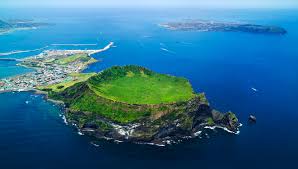- Home
- About Us
- Tel : +91 33 4022 9591
Jeju Island View all the popular packagesOffers
2 Popular Packege(s)
Area 1849 Square Kilometers
Population 0.6 Million
Winter Temperature 6 C
Summer Temperature 27 C
Best Time To Visit Cheju Island is blessed with mild temperatures throughout the year, enabling tourists to plan their trip as and when they please so any time is really a good time to visit.
Winters and summers in this city are not extreme and can be considered while planning your trip. Spring starts in early February, making it a favorable time to visit this city. During autumn months, weather is just about perfect, encouraging the travelers to explore Cheju Islands. July to September are beach months, best for those who wish to revel in the pleasures of this island city. Though, the climate is extremely windy except during summer months.
By Air

The island is served by the Jeju International Airport, which is well-connected to all important cities in South Korea, and there are a number of flights available from several international cities, as well. Indian travellers wondering how to reach Jeju Island can avail direct flights from New Delhi, Mumbai and Chennai. Major airlines providing flights to Jeju Island are Cathay Pacific, Asiana Airlines, Japan Airlines and Korean Air.
By Boat
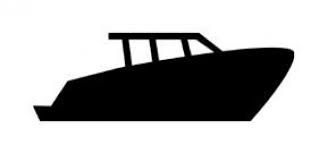
One of the best ways to get to Jeju Island is by boat, as the island has six marine routes to major local sea ports. Travelling by boat would enable travellers to witness scenic waterfalls, cliffs, caves, beaches and a lot more.
Hallasan
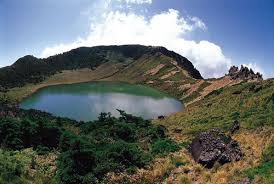
Hallasan is a shield volcano on Jeju Island of South Korea. Hallasan is the highest mountain in South Korea. The area around the mountain is a designated national park, the Hallasan National Park.
Hallim Park
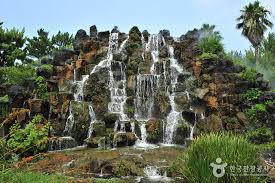
Park in Jeju City, South Korea
Popular destination with a variety of scenic gardens, two caves & a small zoo, plus a folk village.
Teddy Bear Museum
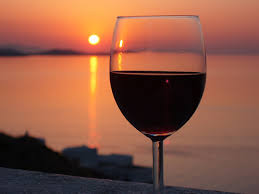
The Teddy Bear Museum lives up to its name, boasting quite an impressive variety of stuffed bears that have been loved for more than a hundred years the world over. Inside the two galleries you can view teddy bears from various countries. You can also enjoy yourself at the museum shop, café, restaurant or the outdoor park offering views of the spectacular Jungmun Sea.
Cheonjeyeon Waterfalls
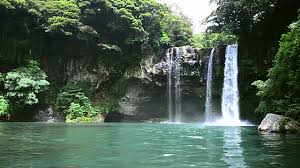
Waterfall in Seogwipo, South Korea
Cheonjeyeon Waterfall is a three-tier waterfall located on Jeju Island. Cold water flows out of the ceiling of a cave to make the waterfall. Between the precipice of the waterfall and the lower clay layer, water springs out.
Sunrise Lands
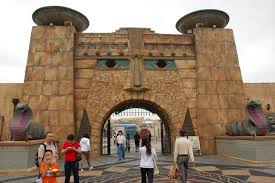
Theme park in Seogwipo, South Korea
Park offering many themed gardens, sculptures & walks in Micheon Cave, a large lava tunnel.
Cheju Underground Shopping Street
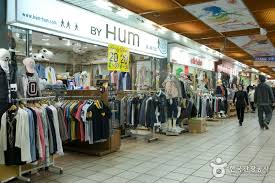
Cheju Underground Shopping Street is the perfect place for shopping in Jeju as there are more than 377 outlets one after the other. The underground shopping street takes you away from the city traffic and you can walk peacefully to have a look around the place. But be sure that the place will be crowded and you will have to face a lot of human traffic; however thatâs half the fun of it as youâll get to see so many people engrossed in buying famous Jeju merchandise thatâs not available anywhere else in Korea. This is the best place to hunt for clothes, footwear, accessories and local crafts. As this street is covered, you get to save yourself from the the sun during the daytime and of course you can shop here when itâs raining outside. Thereâs so much on offer that you will need an entire day to browse through it.
Jeju Five-Day Ambulant Markets
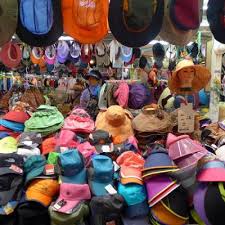
Jeju also has the interesting concept of five-day markets. The name says it all. These markets run for five continuous days at differing locations. You can find special inlaid products like coral pieces, sculptures, lava rock pieces, shells and mother of pearl and they also sell beautifully handcrafted pieces like shawls and other clothing items. Do not forget to try the world-famous Jeju honey; this fine honey is made up of clover flowers, mandarin oranges and a lot more and they let you taste samples before choosing a particular type. You will also find a variety of Jeju seafood here. Shopping at a five-day market is a lot of fun.
Jeju Folks Arts Complex
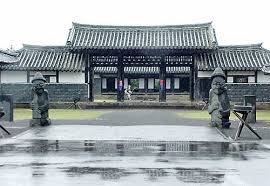
Jeju Folks Arts Complex is also one of the major shopping places in Jeju and you can find bits and pieces of beautiful handicrafts here as well as one of the best collections of paintings and sculptures in Korea. Many artists, sculptors and painters are available at the complex itself. If you visit the Jeju Folks Arts complex, do not forget to buy the traditional dress known as the gal-ot. Although there are hundreds of shops in Jeju glutted with local handicrafts, this place is genuine and world renowned.
Seogwipo-si / Jungjeong-lo
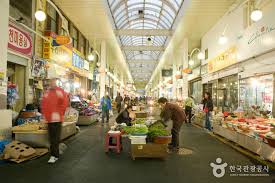
You can also stop over at Seogwipo-si and walk through the streets of Jungjeong-lo. These streets are filled with attractive shops that will catch your attention with thousands of attractive items displayed outside. Some of the popular shops include the Dongmyeon departmental store. This store has a vast collection of branded but more expensive merchandise. In Seogwipo-si, you will also come across the Maeil or the everyday market that mainly consists of small vendors who display commodities on the street. Be sure to only pick the quality products. Some of these vendors produce excellent womenâs clothing with fine embroidery and designs. Getting here is very straightforward â itâs located between Jungjang-dong and Jeongbang-dong. You can even shop at the Hanaro Mart located in Seogwipo-si for some reasonably priced goods.
Tap-dong
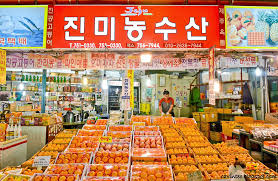
If you are fond of night shopping then visit the Tap-dong, situated in the heart of Jeju Town. This place has some great shops exclusively selling local handicrafts. Night shopping is made more fun with many other nocturnal activities; you can dine and shop and have a few drinks at the same time. This place is located in the centre of the city which is easily accessible.
Myeongjin Jeonbok Abalone Restaurant
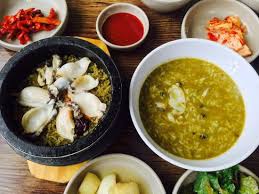
Address: 1282 Haemajihaean-ro, Gujwa-eup, Cheju, Jeju-do, South Korea
Rajmahal Indian Restaurant
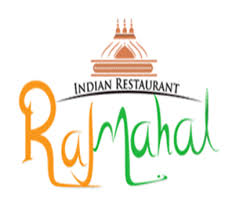
272-13 Yeon-dong, Cheju, Jeju-do, South Korea
Haeohreum Restaurant
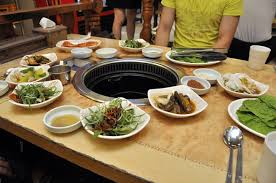
1047-2 Nohyeong-dong, Cheju, Jeju-do, South Korea
Samseonghyeol seafood soup
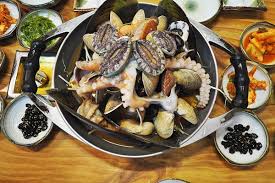
312-27 Yeon-dong, Cheju, Jeju-do, South Korea

